Weekly Good Reads: 5-1-1
Slowing PCE, Nvidia, What is Wealth, Impact of Debt, Bond Maths, Great Pitch Decks
Welcome to Weekly Good Reads 5-1-1 by Marianne, a 25-year investment practitioner writing about investing, economy, wellness, and something new I learned in AI/productivity.
In this Weekly, I share insightful/essential readings, charts, and one term, incorporating some of my market observations and weekly change tables. I look beyond data and share something enlightening about life, health, technology, and the world around us 🌍!
Here’s the quote of the week:
Never overlook the power of simplicity. ~ Robin Sharma
Feedback is important to me, so if you like the Weekly, please “heart” it, comment, share it, or subscribe! Thank you so much for your support🙏.
Weeklies archive | Investing | Ideas | Index of charts and terms
Conversations with Female Investors and more (to inspire more females into finance and investment careers 🙌.)
Market and Data Comments
The two notable market news in the past week were that (1) the US economy continues to spend, while inflation, jobs, and income growth slow, reinforcing the rate cut prospect in September (2) Nvidia, despite its oversized ability to move the market, is not the only game in town any more.
In July, the US PCE and core PCE price indices grew 0.2% m/m (core PCE rose 1.7% on a 3-month annualized basis). Consumer spending climbed a better-than-expected 0.4% but income hardly grew and the savings rate dropped to 2.9%, the second slowest reading since 2008.
From Economics 101, to understand the growth driver of an economy, you can see Personal Consumption Expenditures are close to 70% of the US nominal GDP (see chart below), so US consumers have kept on spending to keep the economy robust. However, slowing jobs and income, without a looser monetary policy, can dampen this economic engine.
The other reason why interest rates rose in the US but the economy has not slowed a lot more came from the Kansas Fed: “…private-lending spreads—the difference between the policy rate and rates private-sector borrowers pay—are surprisingly low and a major factor for why rate hikes have not slowed the economy more. If spreads are as insensitive to rate cuts as they are to rate hikes, then they may dampen the effect of expansionary monetary policy” (see chart below.)
Another reason can be lower default risk.
Nvidia’s latest earnings results (more than doubled in revenue and profits y/y), which last week became the focus of the world, I dare say, disappointed the market as the growth forecast and the production delay for their latest AI chip, Blackwell, spoilt the mood.
But as
pointed out (see graph below), the S&P ex-Magnificent 7 stocks tumbled but S&P held up and the index is no longer taking the lead from the Mag 7. As long as the AI theme is intact (in fact a long game), the rotation trade (into other stock sectors) can continue. The S&P 500 is just a hair below its all-time peak in July.
Also, the 10y-2y US government yield curve is now almost flat, meaning it is normalizing to an upward-sloping curve. So far the Goldilocks’ scenario is still in place with US Q2 GDP growth revised up to 3% from the 2.8% advanced estimate and the robust consumption engine. However, the biggest data market awaits is the US employment report this Friday to confirm the labour market is not slowing too fast. If so, a 50bp Fed rate cut cannot be ruled out (see the Weekly Change chart below for market movements).
Elsewhere, lower-than-expected Euro area inflation and subdue growth point to another 25bp interest cut by the ECB.
In China, the August NBS manufacturing PMI slipped to a contractionary 49.1, with Q3 real GDP growth tracking 4% quarterly annualized, the actual growth slipping vs. forecast, and the median Economist projection for 2024 real GDP growth is under 5%. The recent fiscal policy support announcement on housing and mortgages appeared more reactive than proactive.
This week we will monitor the US August ISM Manufacturing Index on Tuesday and Friday’s August non-farm payrolls, unemployment rate, and average hourly earnings, the Euro Area August Composite PMI on Wednesday and Q2 real GDP on Friday as well as Japan’s July wages growth (y/y) on Thursday.
Economy and Investments (Links):
Spending, Incomes and Inflation Were All Heading the Right Direction in July (Axios)
When 50% Margins No Longer Impress, You’re Nvidia (Bloomberg or via Archive)
The Fed Is No Longer the Only Game in Town (Bloomberg or via Archive)
Finance/Wealth (Link):
Behind the Memo – The Impact of Debt with Howard Marks and Morgan Housel (Oaktree podcast with transcript pdf)
There are so many good lines here about investing and especially balancing risk versus safety, and there is one I particularly like:
Howard: You’ve got to survive every day. And that means you have to importantly survive on the bad days. And if you have set up your affairs to maximize every step you take to maximize beyond an optimal point, reduces your probability of survival. And when you take on debt to own bigger positions, to amplify your winnings when you win, it’s like putting rocks in a knapsack and you’re trying to cross that stream. And the more rocks you have in the knapsack, the less likely you are to get across the stream when you hit a low point. And everybody makes investments for one reason. They think they’re going to win. Nobody buys investments and says “Well, I want to have a diversified portfolio, so I should have some winners and some losers.” Every investment that everybody makes, they think they’re winners, but at the same time, they’re not all going to be winners. And you have to be prepared for when things go against you. And that means optimizing, taking a reasonable approach in terms of the sum of your aggressive capital structure and your aggressive investments rather than maximizing.
Wellness/Idea (Link):
Is Contentment an Underrated Goal in Life? (Greater Good Science)
What the researchers found is that contentment is distinct from other emotions in certain ways. Generally, content people feel less “activated” (meaning, calmer rather than excited), are more present-tense-oriented, and have less desire to acquire things, in comparison to people feeling other emotions. For researcher Yang Bai, this indicates that contentment is a unique, positive emotion—not just a lesser form of happiness.
One Chart You Should Not Miss: What is Wealthy?
“Americans think they need $2.5 million to be wealthy” as found by Charles Schwab
All Americans increased their “what is wealth” estimate to 2.5 million from 2.2 million in 2022 and 2023 according to Schwab’s 2024 Modern Wealth Survey with the Boomers needing the most but the Gen Z the least.
One Term to Know: Duration (Bond Maths)
Most investors understand maturity of a bond but may not duration, which is a mathematical formula that measures how sensitive a bond price is to an interest rate change. Duration, measured in years, is generally lower than the stated maturity of a bond.
Duration is a measurement of a bond’s interest rate risk that considers a bond’s maturity, yield, coupon and call features. These many factors are calculated into one number that measures how sensitive a bond’s value may be to interest rate changes. ~ PIMCO
When interest rate rises, the price of a higher duration bond will fall more than that of a lower duration bond and vice versa (see table below for how various durations affect price changes.)
Bond fund managers use duration to monitor their interest rate risk, build up bond portfolios, and adjust their portfolios. Investors need to know the maturity and timing of interest coupon payments of a bond to manage their cashflow expectations. The usage is slightly different.
For those who are inclined, this resource is great for Bond Maths.
[🌻] Things I Learn About AI/Productivity:
As founders, business leaders, marketing and financial analysts, we are always working with pitch decks to present our findings and tell our stories—often to introduce our business, products, or brands, and importantly, raise funds.
What is a great pitch deck?
I came across Deck Doctors for the first time via Hustle Fund and was impressed by how much they share in the “Pitch Clinic E-book” and their videos.
Elizabeth Yin from Hustle Fund said it well:
It’s not just design that makes for a good deck but a highly differentiated story with strong messaging and positioning. This can make all the difference for a pitch, and this is why I think Deck Doctors is top notch. Their storytelling is fantastic.

P.S. I have no affiliation with the Hustle Fund or Deck Doctors.
Please do not hesitate to get in touch if you have any questions!
Please also check out my Conversations with female fund managers, wealth advisors, and more.
If you like this Weekly, please share it with your friends or subscribe to my newsletter🤝.

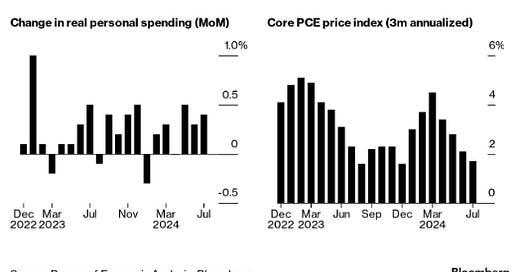


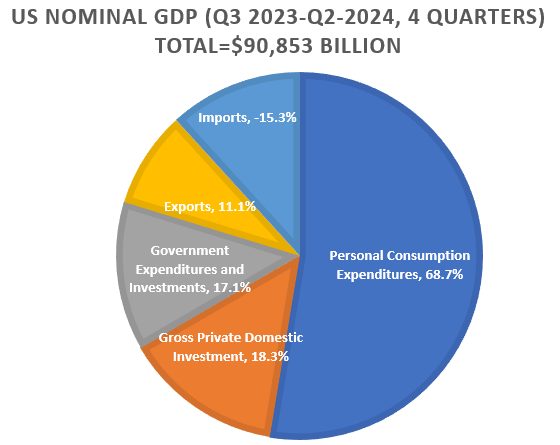
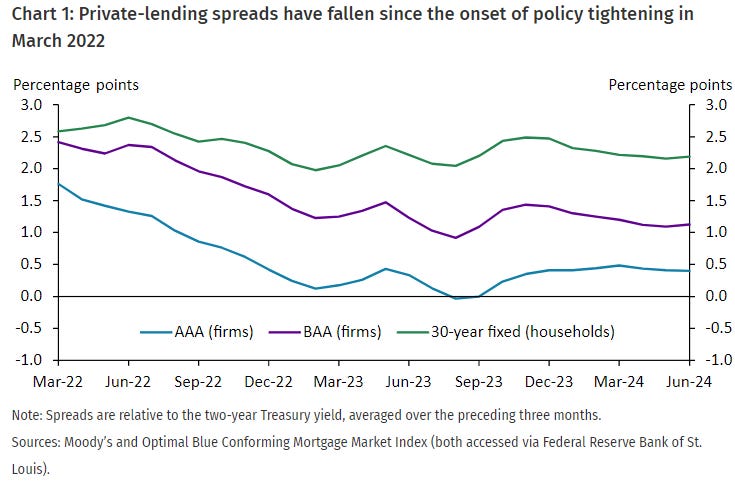
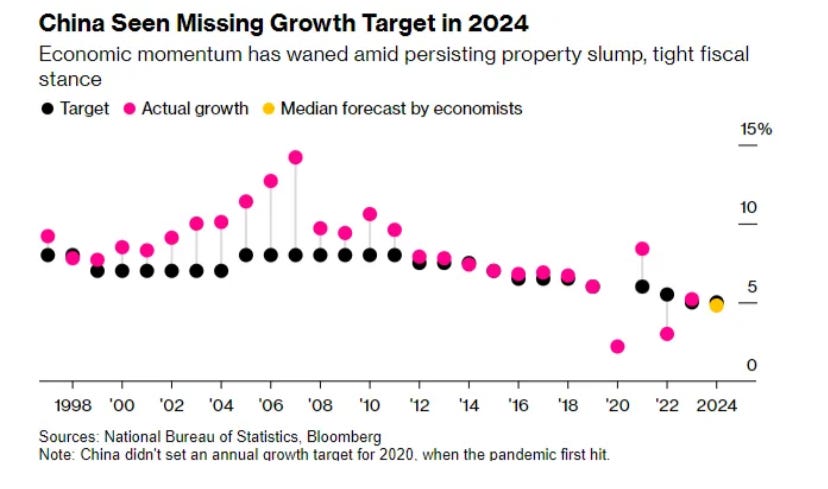
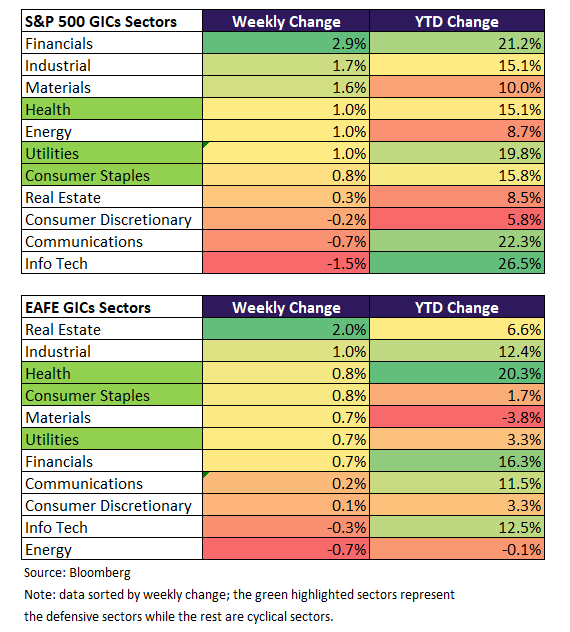
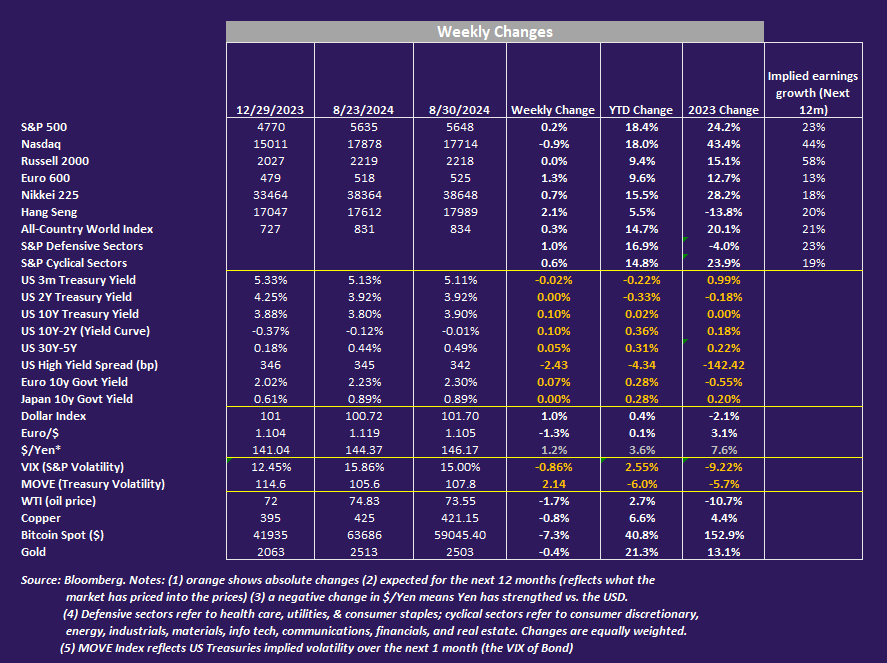




Excellent read! Thx for the update